
Replica cars reignite history at vintage racing events
By Karen Salvaggio
Photos by Marshall Autry AeroSport Photography, and courtesy of George Vidovic and Jeff McKee
You may not have felt the quake, but the last few years brought a seismic shift in the world of vintage auto racing. Long a bastion for the elite and a playground for the most-prized racing cars in the world, vintage auto racing has traditionally hosted the greatest legends in motorsport. Names like Ferrari, Lotus, Porsche, Lola, Cooper, Alfa Romeo and more. So what is it that’s making waves in the world of vintage racing?
Today, you can add the label “Vintage Replica” to that notable list of competitors. That’s because some vintage racing organizations are now allowing properly-equipped reproductions to compete at sanctioned events. This exciting development is something that replica enthusiasts have long been hoping for.
What led to this change in perspective? Some motorsports history helps to explain. The 1950s and ‘60s were an incredible time in auto racing. Postwar prosperity gave rise to a renewed interest in the automobile, and a resurgence in motorsports ensued. The next 25 years arguably became the greatest era in modern auto racing.
Fueled by passion and forged through ingenuity, the era was filled with brilliantly creative people and designs. The legendary personages and their cars include Colin Chapman (Lotus), Ferdinand Porsche (Porsche), Malcom Sayer (Jaguars), Zora Arkus-Duntov (Corvettes), Carroll Shelby (Cobras), and Eric Broadley (Lola T70) along with Eric’s indomitable collaboration with Ford (GT40).
Iconic as they were in the day, by the late 1970s, many of these formerly hallowed race cars had been relegated to the back of the shop. Countless competition cars had been chopped up for parts, left outside in the elements or unceremoniously sent to the scrapheap.
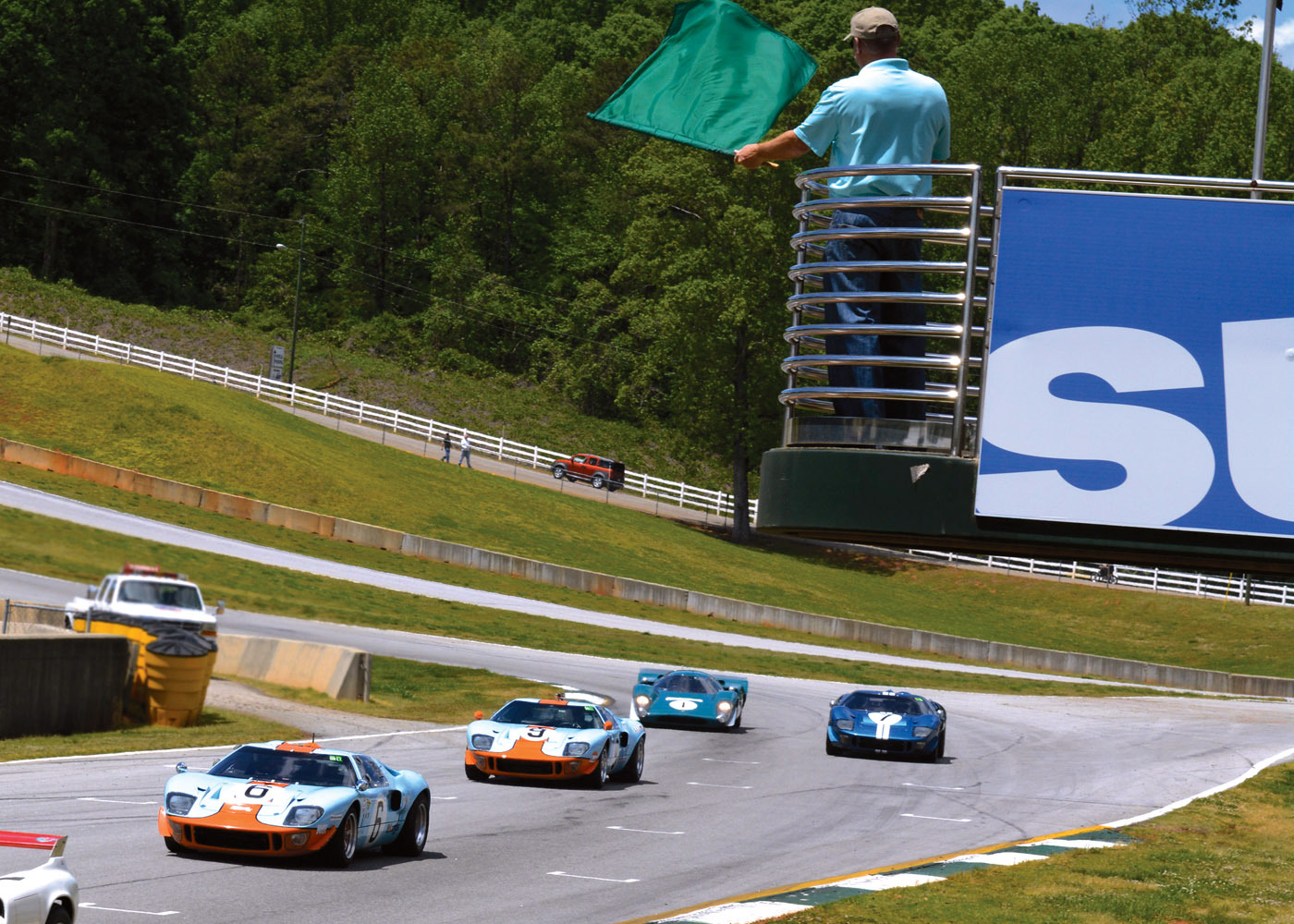
A dedicated following for these cars remained, however, and just when many of them were about to be lost forever, they found a new life — in vintage racing. This second chance came just in the nick of time. Many of the most historic, well-documented and verified cars gracing a vintage racing field today were at one time likely sitting in a heap somewhere and sold for pennies on the dollar.
Fast-forward to 2018, and the world of vintage auto racing is thriving. Having grown from a small group of passionate and dedicated enthusiasts some 25 to 30 years ago, there are now no less than 30 different vintage racing organizations around the country. Interest in the cars has grown exponentially, and with premier events like the Rolex Monterey Motorsports Reunion, the Goodwood Revival, and the Pittsburgh Vintage Grand Prix on the schedule, vintage racing is big business. The increased interest in the cars, however, brought skyrocketing car values. “Old race cars,” which at one time could hardly be given away, are now fetching prices in the millions of dollars.
These increasing values resulted in an ever-decreasing number of cars competing on track. This dramatic shift was fantastic for car owners, but the escalating values also brought understandable caution when it came to fielding a car valued in excess of $1 million in a true wheel-to-wheel race. With increasing frequency, these incredible race cars have been relegated to parade laps at lunch time.
Enter the reproduction or vintage replica race car — but not without some birthing pains. For many years, vintage racing organizations scoffed at the very thought of accepting a replica of any kind into their world. The very charter of these clubs exalted the cars that ran at hallowed tracks such as Le Mans, Daytona, Watkins Glen or Road America, and they excluded anything nonauthentic. The primary purpose of these organizations was to preserve the history of the cars and to celebrate the incredible accomplishments of “men and machine.”
Times change though, and while vintage racing continues to thrive, like all organizations, vintage racing clubs have had to evolve in order to remain viable and healthy. So now a number of vintage race organizations welcome — yes, welcome — reproductions into their racing ranks. Now replicas of iconic racing machines can compete door-to-door with their full-blooded brothers. Today, top-notch examples from any number of replica car manufacturers can be found woven into vintage racing fields around the country.
Two vintage racing organizations at the forefront of this shift are the Vintage Auto Racing Association (VARA) in California and SOVREN, short for the Society of Vintage Racing ENthusiasts, which serves vintage racing in the Pacific Northwest. Both groups allow a wide variety of replica race cars to join their ranks, including reproductions of the Lola T70, Lotus Super Seven, Shelby Cobra and Daytona Cobra Coupe, GT40, Can-Am cars and Ferraris.
As Martin Rudow, SOVREN’s president, explains, “Two years ago, we decided to welcome new types of cars to SOVREN racing. One reason was the decline in special cars in our usual range of years and another was a sheer desire to grow the size of our fields. We were able to accomplish both those goals when we welcomed Factory Five Racing Cobras into our midst.”
From a participant perspective, Tony Nadalin is a frequent competitor in vintage racing events in the Pacific Northwest. Tony built his Factory Five Challenge Series car 10 years ago and competes in SOVREN’s ground-pounding Big Bore group.
What keeps Tony “on track”? “I get to run with beautiful 25- to 40-year-old driving machines,” he relates. “This is pure driving with no fussy computer enhancements. The sophistication is found in the synergy between this kind of pure machine and artful driver. Besides, I can’t resist the throaty rumbles of V8s, the gas fumes and the aroma of overcooked brakes!”
In Southern California, the VARA grids regularly boast four to six
Cobra replicas in the GTO class. It’s a rare day when a “real” Cobra shows
up to the grid, yet these replica race cars — most often built by the person behind the wheel — mirror the look of the day and provide spectators
and fellow racers with thrilling vintage racing.
As VARA’s general manager Jeannette Bourke notes, “The premise for including replicas and other newer race cars into our group was based on the reality that the ‘real’ racing cars of the era are valued at $1 million or more and are no longer competing.” In addition, Jeannette points out that “We are a club, and as such, it is important that we serve our members. Many of our members are building replicas, and (they) represent an affordable way for individuals to join vintage racing. The replicas are an important part of where vintage racing is going, and we are very pleased to have so many running with us.”
So for both of these organizations, replicas represent the car as it was back in the day, and spectators, who would otherwise never have the opportunity to see these cars on track, can see them as they were at the time.
In the words of Jeannette, “The Cobras and other replicas have pushed that envelope, and through them, we are able to keep vintage racing history alive.”
To be clear, not every vintage race organization has shifted its thinking, and truth be told, some may never change. Right now, though, we ain’t fakin’ — there’s a whole lot of shakin’ going on!
Karen Salvaggio speaks from experience, having competed in SCCA, NASCAR, NHRA, American Le Mans Series, National Auto Sport Association events and more. Currently, she races a Factory Five Daytona Coupe in the SOVREN — short for Society of Vintage Racing ENthusiasts — Big Bore group and operates Thunder Valley Racing, a team and management company geared toward developing women race car drivers.
FIA Requirements for Race Cars
Basically there are three rules to follow: safety, safety and safety! Add to these the following general requirements (each sanctioning body will have different standards to meet):
-Full roll cage (FIA)
-Fuel cell (FIA/SFI)
-Race seat (FIA/SFI)
-Six-point seat harness
-Fire suppression system
-Tow hooks (front/rear)
-Electrical cutoff switch
And one more thing: Make it fun too!

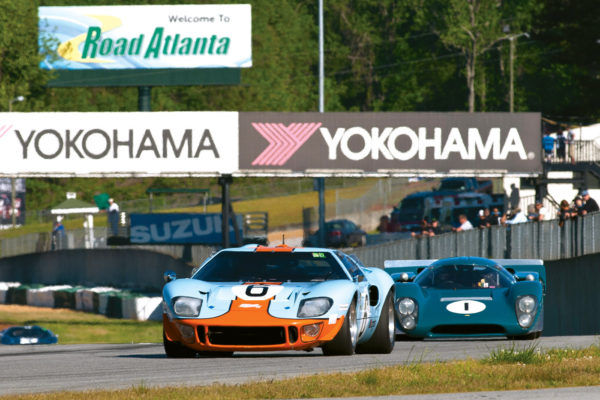
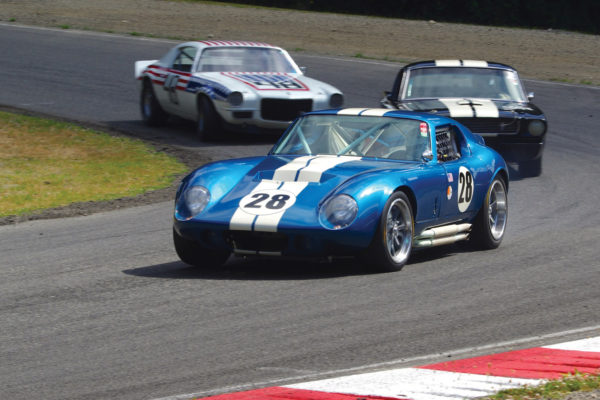
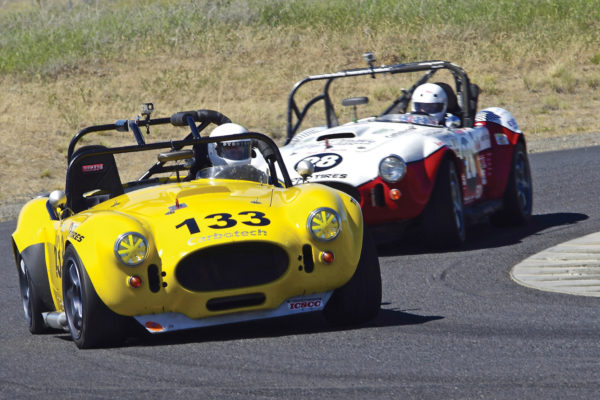
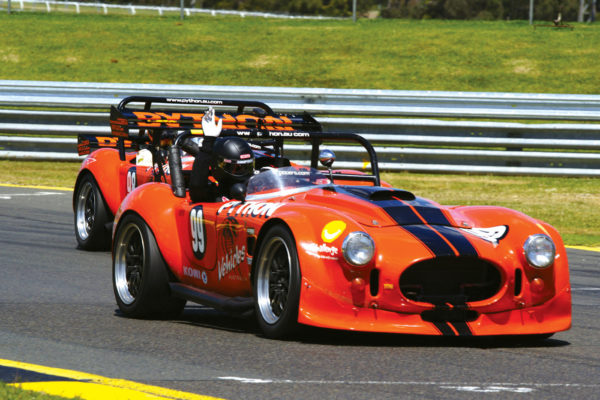
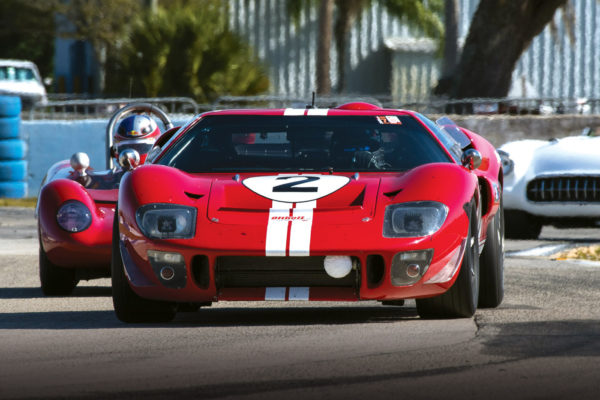
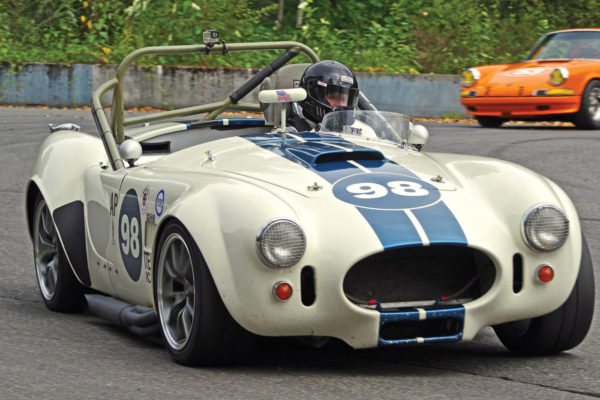
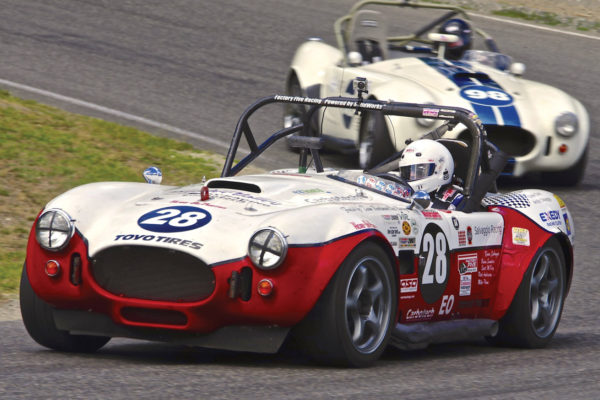
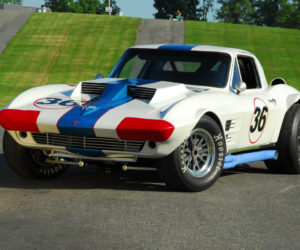
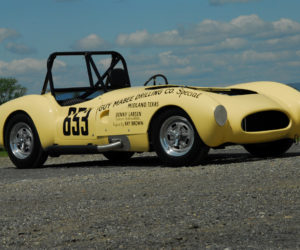
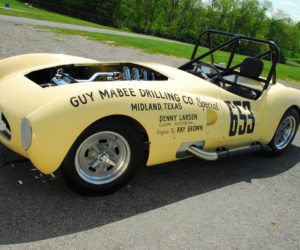
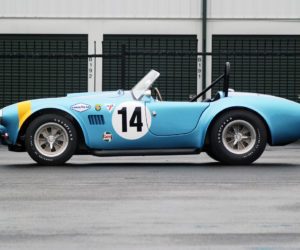
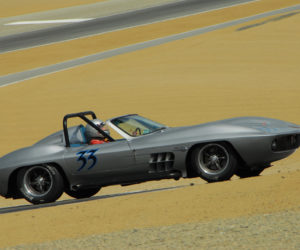
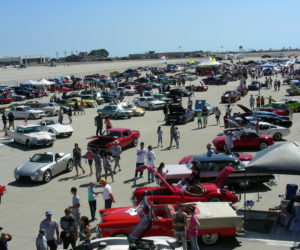




Comments for: Fueled by the Flame
comments powered by Disqus